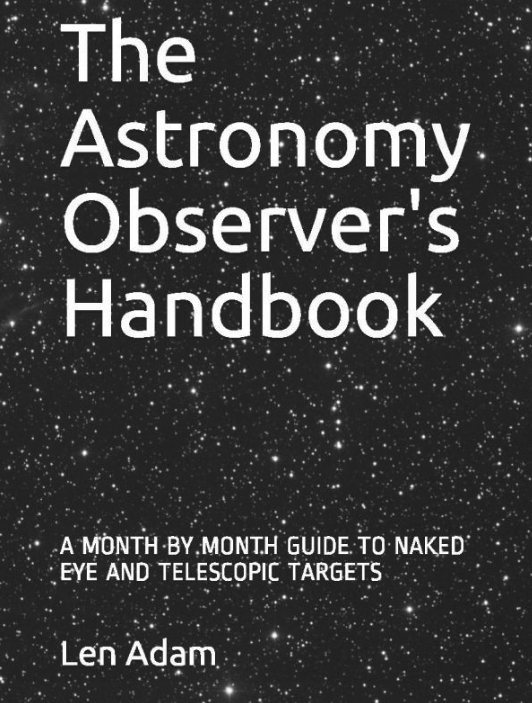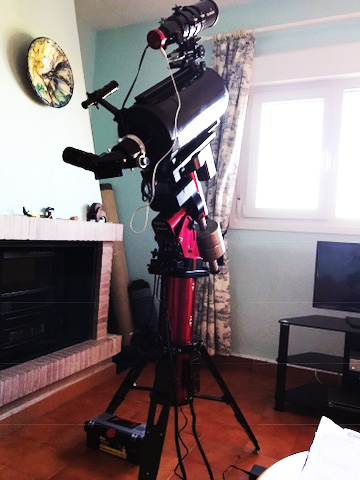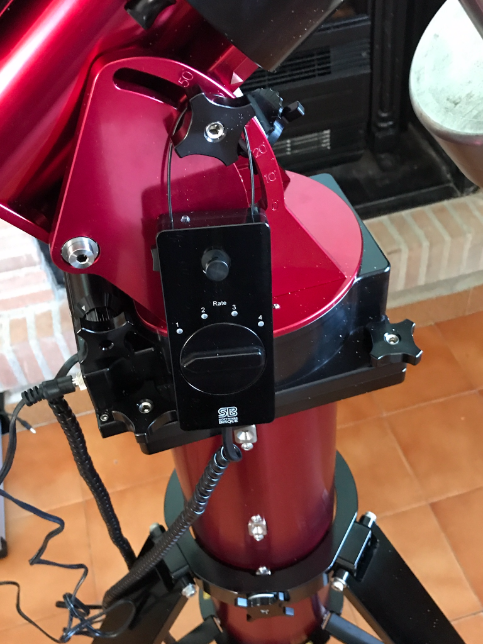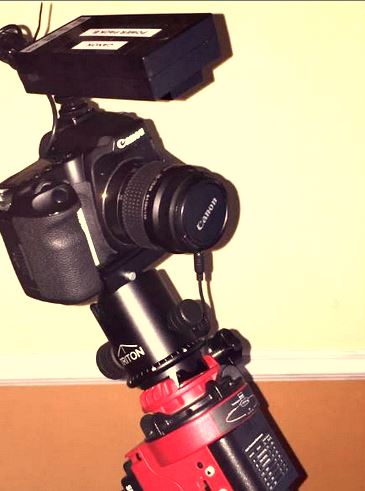BL Camelopardalis Light Curve from Sunday's measurements
 Tuesday, November 4, 2014 at 5:59PM
Tuesday, November 4, 2014 at 5:59PM The resulting light curve from Sunday night's images of BL Cam over 3 hours is here
So what does this mean and where does it come from - the full process is shown below:
------------------------------------
Last year I plotted a light curve for this star that only covered one cycle. I wanted to extend this to a few cycles as this can be achieved in a single night. BL Cam is a Short Period Pulsator (SPP) and is an SX Phoenicis variable.
SX Phe variables are Population II stars and have low metal abundances. They are old stars which did not have metals from previous generations but formed from Hydrogen and Helium - thus the low metallicity.
The similar family of variable stars " Delta Scuti" stars are population 1 and are younger stars.
The AAVSO site allows the name of a star to be entered and various searches to be carried out - I put in BL Cam and asked for a chart to be plotted.
The resulting chart gives details of the star as well as indicating comparison stars that can be used.
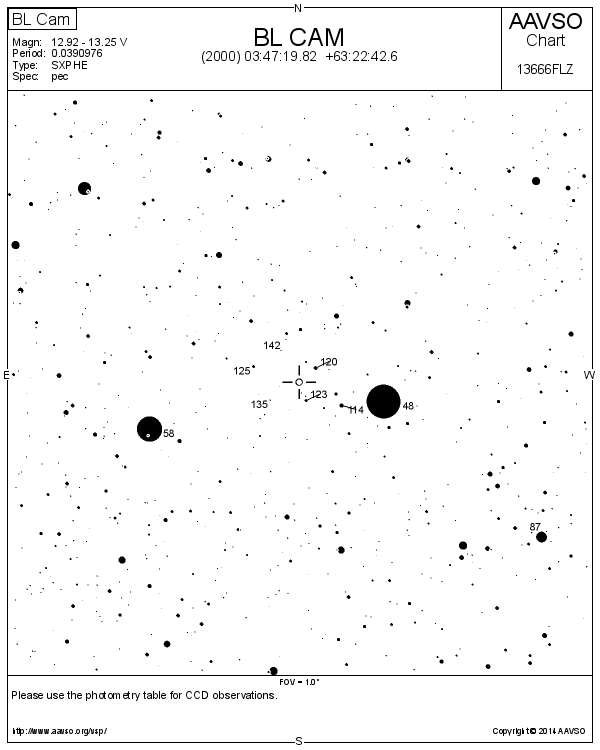
The expected period is 0.0390976 days. Multplying this by 24 gives 0.93 hours which is about 56 minutes. I will compare the period that I measure with that value. Its magnitude range is given to vary between V 12.95 and V 13.25. I aim to take unfiltered images so my magnitude estimates will only be approximate.
I took continuous 10 second images using my C14 and SBIG ST9XE camera for about 3 hours. Early in the process the laptop decided that it had to close down so I lost part of the light curve during the restart time. This is clearly reflected in the resulting light curve.
I ended up with over 700 images - far too many so I reduced this to 70 by using only every tenth image.
I had taken 20 flat, 20 dark and 20 bias frames so I used CCDSoft to reduce the 70 images with those frames.
I used CCDSoft again to align the reduced frames and uploaded these images into VPhot.
This is the list of uploaded images (part). Note that the images from the two Australian telescopes of the supernova in Tucana have arrived - I will look at these when I have dealt with BL Cam.
I used image 73 to produce a sequence of comparison star and check star.
This is the image showing this.
Star 114 is the comparison star and Star 120 the check star.
The photometric solution for this image is shown
So at the time this image was taken the magnitude of BL Cam was approximately 13.17.
The check star with a nominal magnitude of 12 was mearured at 11.97. Whatmatters is that this value should be consistent for each of the images taken - we will see that later!
I had saved the sequence as BLCamsecondB which can now be applied now applied to each image to generate the light curve.
Three complete cycles have been completed. A period of 0.041 days is indicated which is about 56 minutes .
The range of magnitude variation is from 12.92 to 13.25 which corresponds exactly with the predicted values.
 [Your Name Here] | Comments Off |
[Your Name Here] | Comments Off | 
